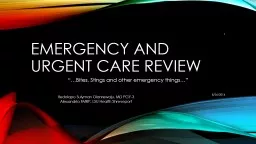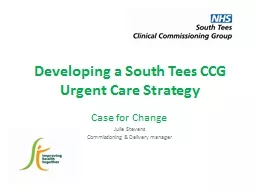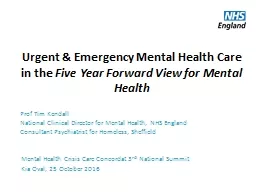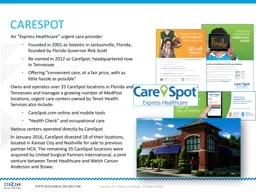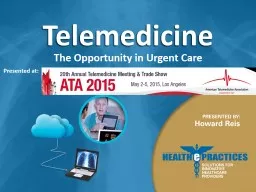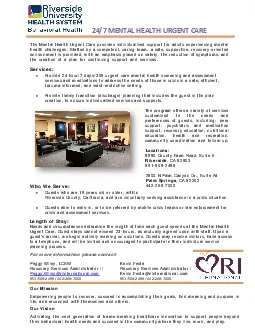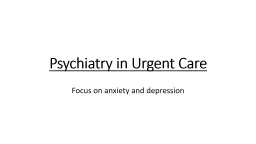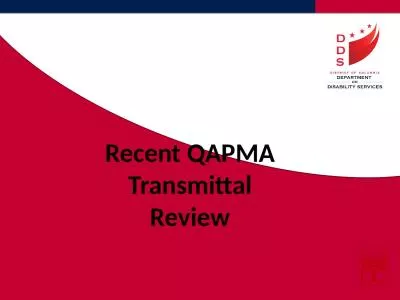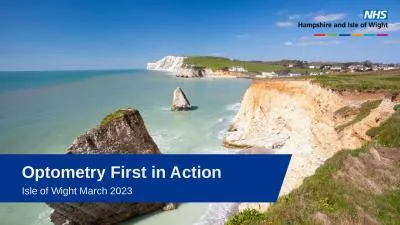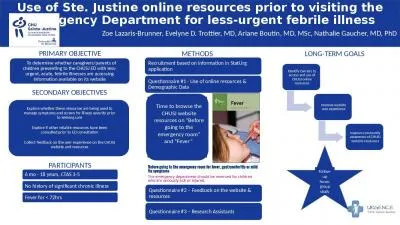PPT-emergency and urgent care review
Author : sherrill-nordquist | Published Date : 2018-12-06
Bites Stings and other emergency things 8282014 Ifedolapo Sulyman Olanrewaju MD PGY3 Alexandria FMRP LSU Health Shreveport 1 introduction Family physicians are
Presentation Embed Code
Download Presentation
Download Presentation The PPT/PDF document "emergency and urgent care review" is the property of its rightful owner. Permission is granted to download and print the materials on this website for personal, non-commercial use only, and to display it on your personal computer provided you do not modify the materials and that you retain all copyright notices contained in the materials. By downloading content from our website, you accept the terms of this agreement.
emergency and urgent care review: Transcript
Download Rules Of Document
"emergency and urgent care review"The content belongs to its owner. You may download and print it for personal use, without modification, and keep all copyright notices. By downloading, you agree to these terms.
Related Documents

